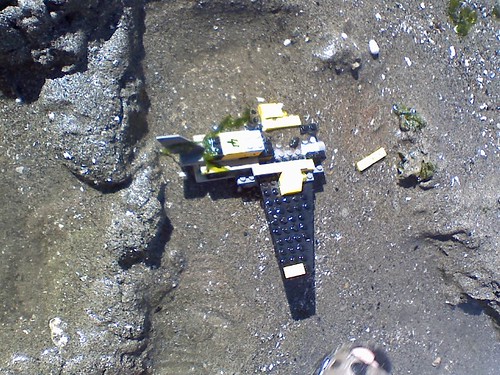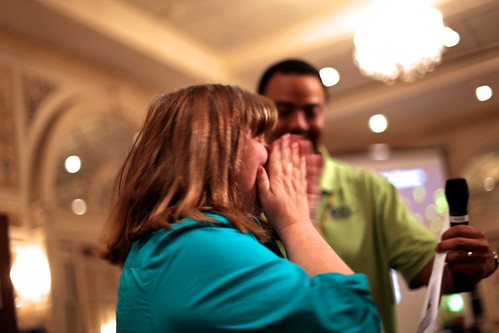On a personal stance, I find Boise lacking in culture and diversity. As a Latin minority (Guatemalan to be exact), I don’t really see my ethnicity represented aside from the Hispanic markets or restaurants, and yet these restaurants come from a very specific country. I wanted to research something that was genuinely racial, in the sense that the organization represented a single demographic even if it wasn’t mine, and thus I came upon the Mexican Consulate. I had very little knowledge of the Mexican Consulate, aside from seeing the consul and his assistant at various events such as the Civil Liberties Symposium and the Casasola Photography Archives of the Mexican Revolution.
My technological frustrations were quite minimal. Thankfully, all the sources I used for the wiki article were already digitized, which made the production of the article quite efficient. I actually began my article on a word processor, to check for any typos or major grammatical issues, and then copy-pasted the text into the page I created for the article on the wiki site. It was difficult to organize the text and make it look ordered without being too overcrowded, so it took several times of copying, deleting, and pasting before everything was in place. Uploading a photo was probably the most difficult, because the wiki site was not recognizing the picture I was uploading. I actually gave up loading the picture for a while before I tried once again, and miraculously the photos were ready. I don’t know how I overcame that hurdle, but I’m taking it as a gift.
While I was originally hesitant of writing an article for a wiki site, I found the experience fun and enjoyable. Everyone has unique interests and wiki sites provide an outlet to vent those interests to everyone and anyone who may also be potentially interested. In regards to the Mexican Consulate, I had no prior knowledge of its conception and influence and found the information garnered rather interesting. The fact that the article is written to the general public made the assignment less stressful while still maintain an aura of historical credibility. With that being said, it was difficult to change my voice as I was writing for a public instead of scholars. It would be interesting to see what changes occur with the article I presented and hope to see alterations whether they be small or grandiose. I hope that other Latinos feel that there is a section, albeit small, about them as well, as they see the article and are able to contribute to it.
The liabilities of writing local history on a wiki are that people may find offense to the article I particularly wrote about. While I attempted to maintain an unbiased voice, I’m sure there are users who will change the article greatly to ensure Idaho does not sound as racist as some of the primary sources implicitly and explicitly reveal. Other editors may alter information without looking up sources or attaching references, which hurts the credibility of the article. While I definitely do not believe I am now an expert on the Mexican Consulate, I did try to base my information on historical sources. My concern is that contributors will attack the writer as opposed to finding other sources that can counteract the information presented.
To other wiki contributors of local history, I urge them to be as honest and thorough as possible. While wiki sites are not scholarly sources and should not be used as references for historical papers, people trust wiki sites and articles. As a future historian, I hope that what I read on Wikipedia, even if I never source the information, holds some relative truth. People read wiki articles all the time to gather quick information and if we are not providing accurate history, we are aiding societal ignorance. I think it is a great responsibility to write a wiki article, and as a responsibility it should not be taken lightly. But it can still be fun!






